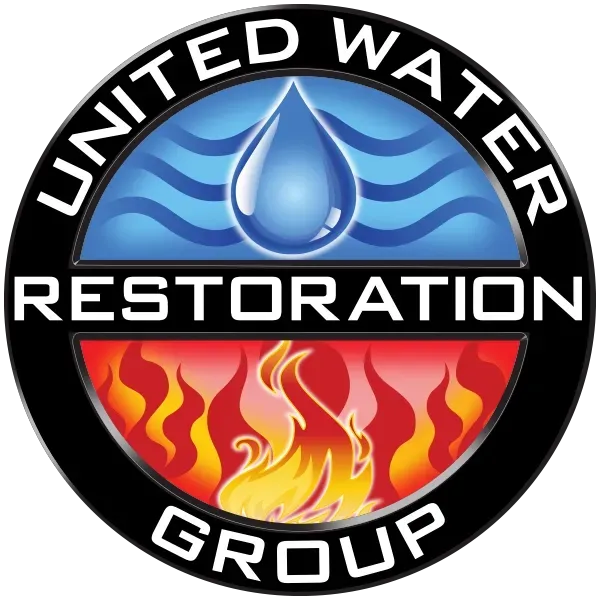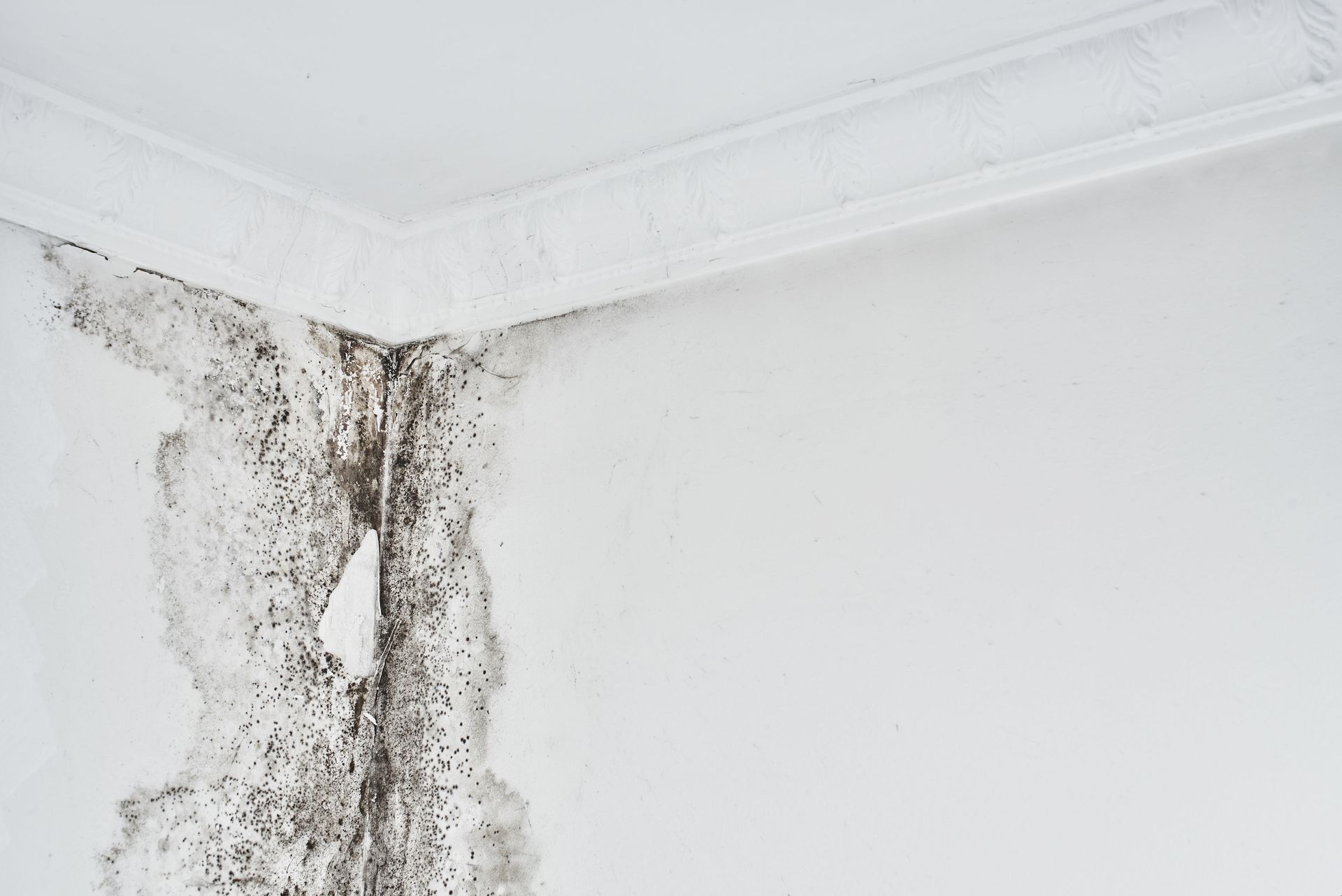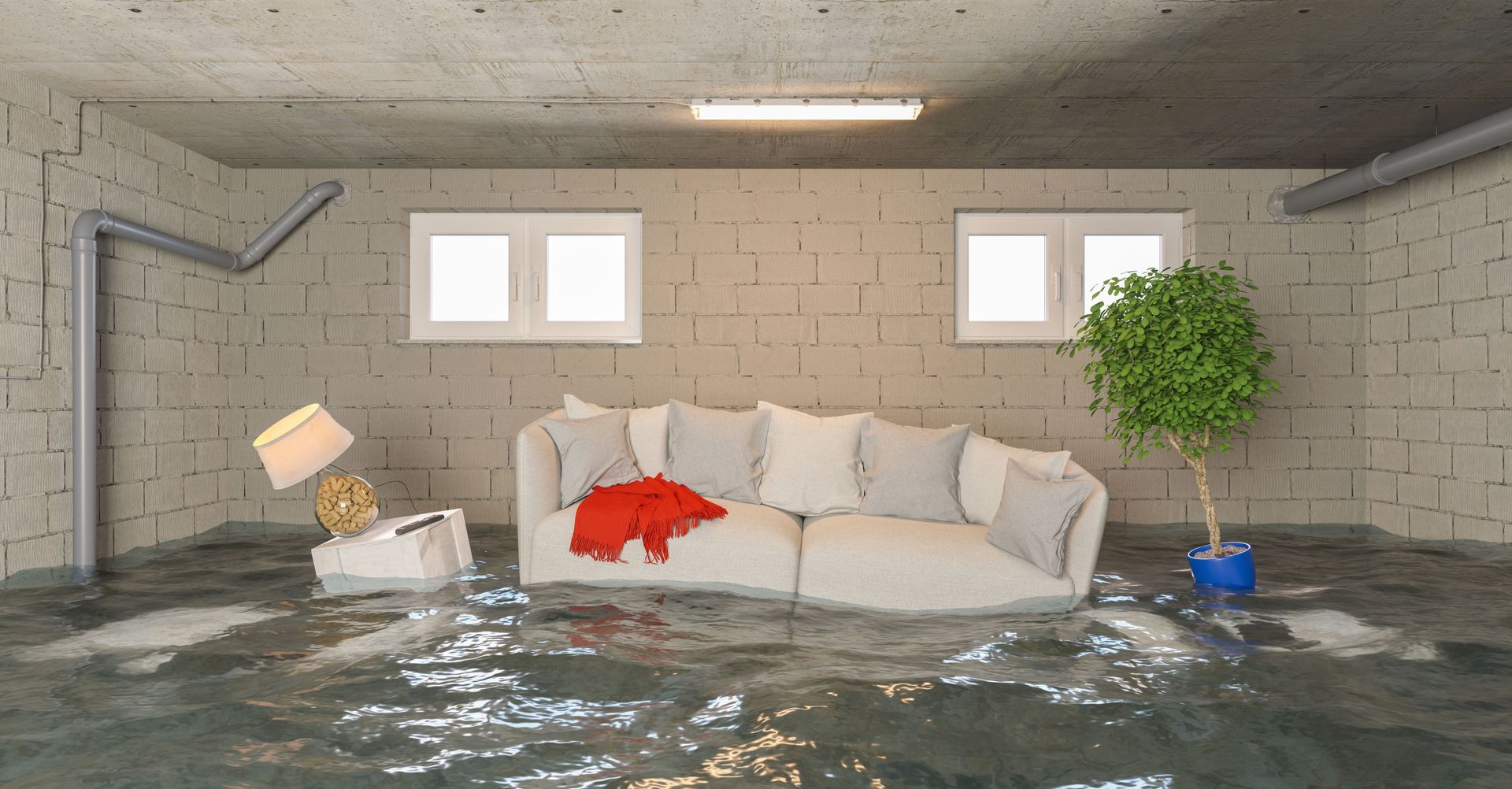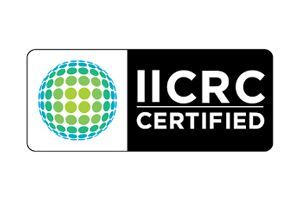September 8, 2025
Mold is often a hidden problem in homes and buildings, quietly spreading until it causes serious damage. Addressing it early is crucial, as untreated mold can lead to health concerns and expensive repairs. Since mold thrives in damp environments, recognizing its early warning signs is key to keeping it under control. In many cases, professional water damage restoration services play a vital role in eliminating the source of moisture and preventing mold from returning. This article will walk you through the most common indicators of mold so you can take action before the issue worsens.
1. Visible Mold Growth
Visible mold growth is perhaps the most obvious indicator that you have a mold problem. It can appear in numerous places, manifesting in various colors such as black, green, white, and orange. Each color can represent a different type of mold, with black mold being one of the more notorious varieties due to its potential health risks. Mold can appear as splotches or patches and can spread over time if the underlying moisture issue isn't addressed. Regular inspections, especially in vulnerable areas, can help identify visible mold early, preventing more extensive damage.
Mold frequently develops in damp areas such as bathrooms, kitchens, and basements due to fluctuating humidity and consistent exposure to moisture. These conditions create an environment where mold can thrive and spread quickly. Monitoring these spaces for discoloration, fuzzy patches, or other warning signs is essential for early detection. In many cases, timely water damage restoration can address underlying moisture issues and prevent mold from becoming a serious problem.
While surface mold might be relatively straightforward to spot, hidden mold can pose more significant challenges. For instance, mold may grow behind wallpaper, under floorboards, or within walls, remaining undetected until it causes significant damage. According to the EPA, mold will start to grow within 24 to 48 hours after water damage, highlighting the importance of prompt attention to any dampness or leakages. Recurring mold growth even after cleaning can indicate persistent moisture issues that need correcting. Testing kits and professional assessments can be instrumental in detecting hidden mold and evaluating the extent of an infestation.
2. Musty Odors
A persistent musty or earthy smell in your home can often indicate the presence of mold, even when it's not visible. This distinct smell can emanate from materials or areas affected by mold, alerting occupants to unseen problems. Recognizing this odor involves a keen sense of smell, as it differs from typical household smells. The odor can become more pronounced with increased humidity, exacerbating the existing mold problem. Being proactive about musty smells can lead to early remediation efforts that improve indoor air quality.
Various building materials, like wood, drywall, and carpeting, can harbor mold when damp, adding to the musty odors present in a building. The smell often results from the metabolic byproducts of mold colonization on these materials. Understanding the source of these odors is crucial because they can mislead occupants into thinking the problem is trivial or non-existent. Ventilation issues can trap these smells indoors, intensifying the perception of mold presence. An investigation into the moisture source can aid in addressing and eliminating these persistent odors.
Seasonal weather changes can significantly impact indoor humidity, often intensifying mold-related odors in homes and buildings. Periods of heavy rain or humid summer months increase moisture levels, which can make these smells more noticeable. Poor ventilation further worsens the problem by trapping damp air and allowing mold to thrive. In such cases, professional water damage restoration is essential to eliminate the source of moisture and effectively address mold at its root. Addressing these issues promptly also helps prevent structural damage and long-term health risks associated with mold exposure.
3. Health Symptoms
Exposure to mold can lead to various health symptoms that might serve as red flags for an underlying mold problem. Respiratory issues such as coughing, wheezing, and shortness of breath can arise, especially in those with pre-existing conditions like asthma. Mold spores can irritate the lungs, making breathing more difficult for affected individuals. These symptoms can worsen with time, particularly when mold is left unaddressed. Observing any sudden or chronic respiratory issues should prompt an investigation into potential mold issues in your environment.
Mold exposure may also trigger allergic reactions with symptoms like sneezing, runny noses, and skin rashes becoming more prevalent. People with allergies or compromised immune systems are more susceptible to these reactions, which can significantly impact their quality of life. Prolonged exposure without intervention can heighten these issues and lead to more chronic conditions. Therefore, linking sudden allergic reactions to the possible presence of mold can guide effective remedial actions. This connection underscores the necessity for a clean and dry living environment to limit allergen presence.
Mold exposure has been linked to serious health concerns, including asthma attacks and neurological symptoms like fatigue and memory loss. Individuals with asthma may experience more frequent or severe flare-ups when exposed to mold spores, which act as common triggers. Prolonged exposure can also lead to chronic fatigue, reducing daily productivity and overall well-being. In some cases, cognitive effects such as headaches or confusion may occur, highlighting the risks of ignoring mold problems. Prompt intervention, including professional water damage restoration, is essential to remove the source of moisture and protect the health of your household.
4. Structural Changes
Structural changes in a property can be an early indicator of underlying moisture problems and potential mold growth. Peeling wallpaper or bubbling paint often points to chronic dampness, creating ideal conditions for mold to develop behind surfaces. Regularly monitoring such signs can help homeowners identify areas that may require professional attention. Prompt intervention through professional water damage restoration can address the source of moisture and prevent mold from spreading. By taking action early, you can protect both the structural integrity and visual appeal of your home.
Cracks in foundations or walls are similarly concerning, as they can allow moisture to penetrate the structure, facilitating mold growth. Regular inspections of the building's structural integrity can pinpoint areas that allow moisture intrusion. With water present, mold can establish itself unseen, leading to potential structural compromise from prolonged exposure. Repairing cracks and ensuring proper sealing of potential entry points helps protect a building from mold threats. These preventative measures are critical for ensuring a dry, mold-resistant environment.
Other structural changes, such as sagging ceilings or rotting wood, often signal serious water damage and the potential presence of mold. These issues indicate ongoing moisture problems where mold may already be established. Observing these signs requires immediate attention, as they increase the risk of structural failure and health hazards. Warped or spongy flooring can also point to subfloor mold, necessitating a thorough inspection and possible replacement of damaged materials. Professional water damage restoration is essential in these situations to fully address the underlying moisture, remediate mold, and restore the property safely.
Vigilance and early detection are essential for preventing and managing mold growth in any home or workplace. Recognizing warning signs—such as visible mold, musty odors, health symptoms, or structural changes—can help identify problems before they escalate. Understanding these indicators allows individuals to take timely action to remediate mold and protect both health and property. Professional water damage restoration plays a key role in addressing underlying moisture issues, controlling humidity, and ensuring a safe, mold-free environment. If your home sustained water damage and you have concerns about mold, contact United Water Restoration Group of Doylestown today.



